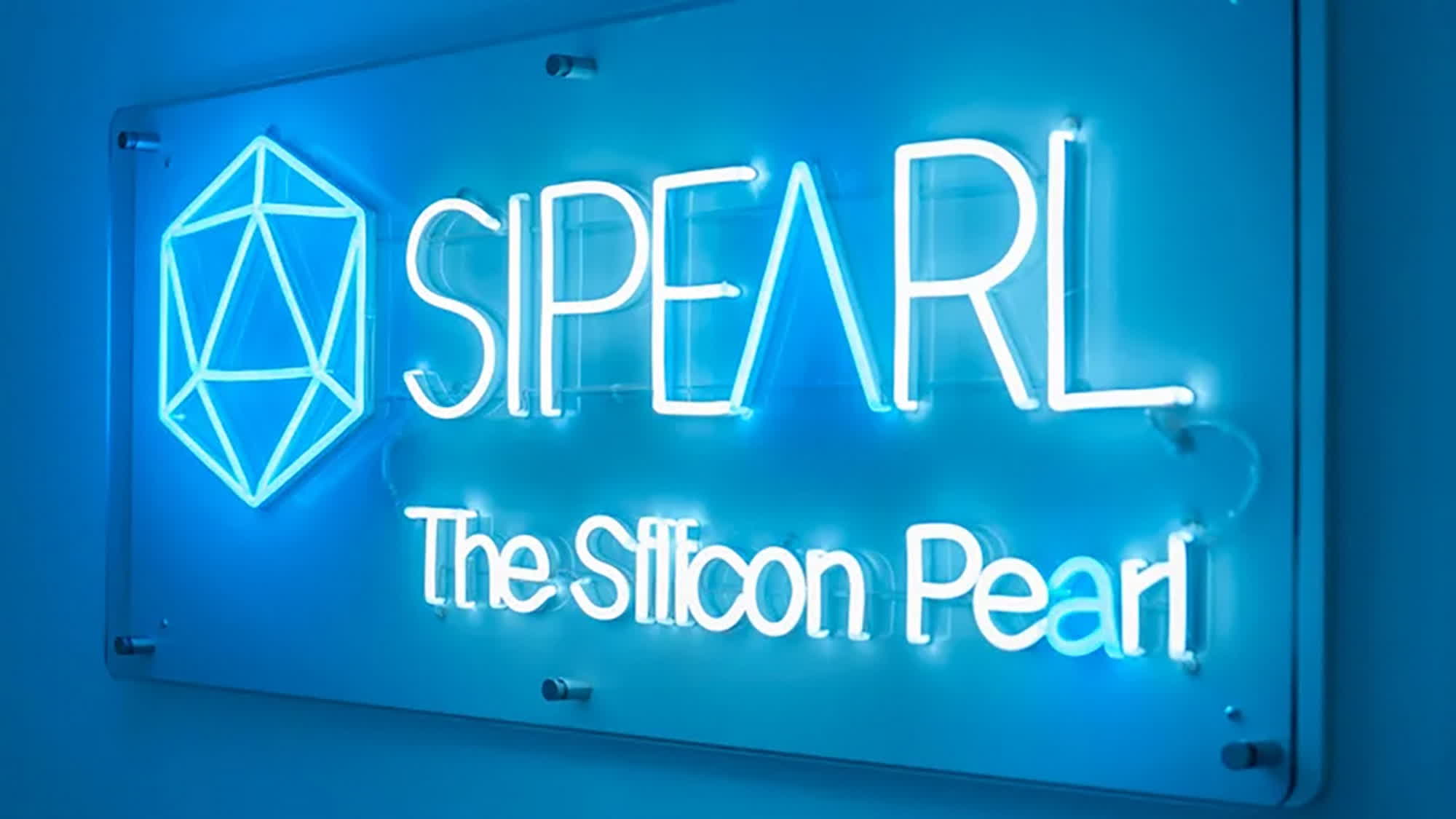Tick tick tick: SiPearl is the French firm chosen by the European supercomputer consortium (EuroHPC JU) to develop a chip for the primary exascale-class supercomputer within the area. The group just lately launched up to date specs for the Rhea1 microchip, indicating that the primary samples will likely be out there later than initially anticipated.
Whereas attending the ISC commerce present in Hamburg, SiPearl shared the most recent specs and foremost options of the supercomputer chip Rhea1. This “first-generation” processor will make the most of the Arm Neoverse V1 platform, empowering the high-performance computing duties of Europe’s next-generation supercomputers whereas consuming much less power than competing merchandise.
Beforehand, Rhea1’s specs included 72 Neoverse V1 cores. Nonetheless, SiPearl now signifies that the chip will characteristic a complete of 80 Arm cores. The Rhea1 challenge at all times meant to include 80 computing cores, the corporate clarified, with every core containing two 256-bit scalable vector extensions for “quick vector computations” in HPC situations.
The up to date design contains built-in, high-bandwidth reminiscence chips with 4 totally different HBM stacks per chip. Many HPC duties, particularly AI inferencing, will significantly profit from built-in RAM. SiPearl is collaborating with Samsung to make the most of HBM2e reminiscence chips, though the Korean producer will quickly introduce the brand new HBM4 normal.

Along with HBM, Rhea1 chips will even characteristic 4 DDR5 interfaces supporting two further DIMM modules per channel. The design accommodates a complete of 104 PCIe Gen5 lanes, with configurations of as much as six x16 lanes plus two x4 lanes. The Neoverse expertise additionally incorporates a selected Community-on-Chip part, the CMN-700 Coherent Mesh NoC, to facilitate fast knowledge sharing between compute and I/O parts.
Rhea1 is already supported by a variety of compilers, libraries, and instruments. It’s able to powering each “conventional” HPC workloads and newer AI inference duties. In accordance with the French firm, the chip’s “beneficiant” reminiscence capability would be the key aspect in delivering elevated efficiency ranges whereas retaining the energy-efficiency options of the Arm structure, leading to an unprecedented byte-per-FLOP ratio.
What SiPearl failed to emphasise, nonetheless, is that the Rhea challenge was initially meant to supply the very first chips by 2022. The silicon firm beforehand introduced that the chips can be manufactured by TSMC in 2023 however is suspending Rhea1’s debut to 2025. Set up of Jupiter, Europe’s first exascale supercomputer designed round Rhea’s chip structure, is predicted to begin this 12 months.


